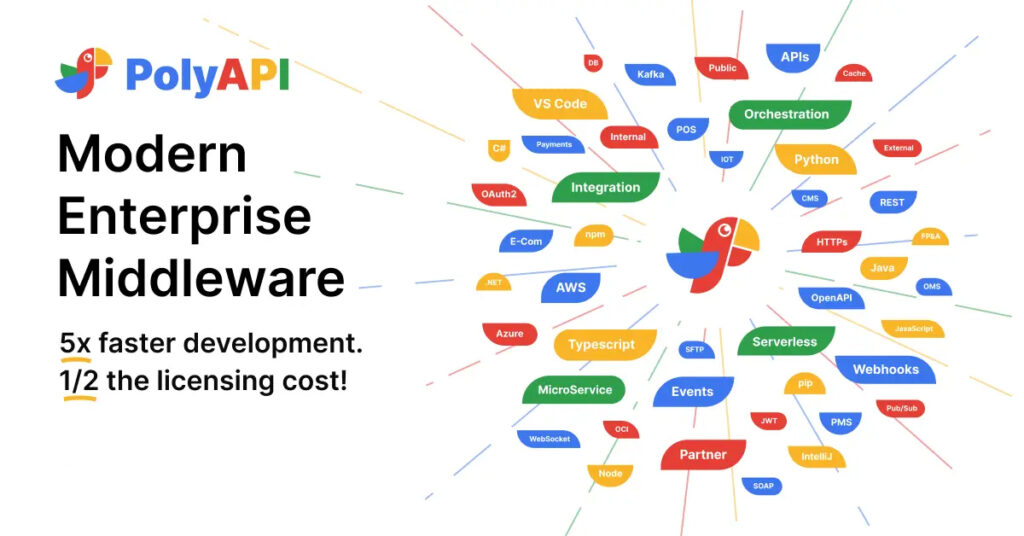Mobile enterprise applications increasingly rely on integrating third-party APIs to deliver a seamless user experience, connecting to various backend systems. This integration often brings challenges, as mobile developers must work around the complexities of these backend services while delivering a smooth and intuitive user interface. The challenge is compounded by the need to integrate legacy systems that may not expose the exact data or formats required by mobile applications.
To overcome this, many enterprises employ middleware solutions like API Gateways. These gateways manage access to backend systems and translate data formats into something more usable for mobile applications. They help shield mobile developers from these older systems’ complexities but also introduce an extra layer that can impact performance. Often, these gateways are accompanied by an integration platform that further optimizes the data for mobile consumption, creating a “system API” that standardizes access for all consumers, not just mobile developers.
However, it’s rare for a mobile app to rely on a single API or service. Developers often need to integrate multiple APIs, including third-party services, such as Mobile Backend as a Service (MBaaS) platforms, which can handle common backend tasks like data storage and push notifications. Additionally, OAuth services are typically used to enforce secure access to these APIs. With these layers—API Gateway, integration product, and OAuth service—developers must carefully manage how these components interact to avoid introducing excessive latency into the user experience. As the mobile app calls each of these services, every additional lookup can introduce delays, which can be particularly detrimental in applications with real-time AI features or IoT integrations.
The key to maintaining performance is optimizing how these different API calls are managed. Enterprise mobile developers often parallelize these requests, allowing multiple API calls to happen simultaneously. This approach minimizes latency and ensures that the core user flows remain responsive. Still, coordinating these flows requires careful planning to avoid bottlenecks.
Poly’s approach to this challenge focuses on reducing the friction between these layers without altering the ownership or roles within the enterprise. Poly’s solution allows developers to streamline their backend by leveraging serverless functions. The API Gateway and backend services are hosted together on the same Kubernetes infrastructure, and system APIs can be implemented directly as serverless functions. This setup significantly reduces the number of network hops, leading to lower latency and a more responsive mobile application.
Moreover, Poly generates SDKs for mobile backend developers, making it easier to build services quickly and with full definitions and interfaces of the APIs. This flexibility allows developers to work in different programming languages while Poly ensures that the generated SDKs remain consistent, enabling smooth service sharing across teams. By centralizing standard services like OAuth token retrieval and validation, Poly enables security teams to maintain standards without burdening developers, ensuring a more secure and efficient integration process.
With Poly, enterprises can strike a balance between integration flexibility and performance. Developers can focus on building rich user experiences without worrying about the underlying complexity of multiple APIs. If you want to learn more or explore how Poly can enhance your mobile app integrations, reach out at hello@polyapi.io. We’d love to hear from you!
